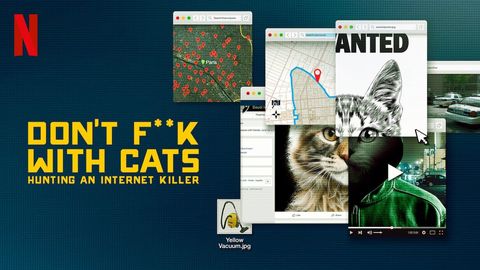
In 2013 a computer expert named Edward Snowden leaked thousands of classified documents from the U.S. National Security Agency (NSA) to several journalists. The information contained within these documents included a number of global surveillance programs run largely by the NSA with the help of telecommunication companies. The public response to this knowledge, was astounding, especially in the art world. Statues of Snowden have been erected in public places, and small busts have popped up in art fairs. One artist, Paolo Cirio has responded to the knowledge of government surveillance by turning it into a project, called “Overexposed”. Based in New York, Cirio criticizes a number of NSA, CIA, and FBI personnel that were involved in he surveillance programs. He does this by combing social media sites for snapshots of these officials in casual contexts, copying them, and then pasting them all over the city.
Cirio relies on something called open-source intelligence, which is intelligence that has been gathered from publicly available sources. The term “open” refers to undisguised sources that are available to everybody. This in itself is ironic, because Cirio is responding to a breach in privacy, by creating art that comes from a public space. No inappropriate surveillance is needed; Cirio can find all the material he needs to make his pieces from various social media platforms.
After finding the photographs of top officials on social media, Cirio zooms in on their faces and creates large stencils of them to be spray painted or posted on public walls throughout the city. Hundreds of copies of the faces of these government agents are graffitied across New York public walls. Cirio exposes these officials, who are used to working in secrecy, to the public in order to make them claim responsibility for the violation of privacy of people worldwide. He is bringing to light the people that have been in the shadows of the Internet, in order to hold them accountable for their actions. Cirio’s work also gives the officials a sense of being, well, overexposed. He wants them to understand that just like every other user of the Internet, they are vulnerable to Internet hackers and stalkers. We all know not to post things on social media that are very personal, as nothing is safe from prying eyes.
Overexposed targets nine officials: Keith Alexander (NSA), John Brennan (CIA), Michael Hayden (NSA), Michael Rogers (NSA), James Comey (FBI), James Clapper (NSA), David Petraeus (CIA), Caitlin Hayden (NSC), and Avril Haines (NSA). Cirio describes these people as “cyber war criminals” that need to be brought to justice. The first piece in this project came about from a photograph of former NSA director Keith Alexander. In this photograph found on Facebook, Alexander is seen posing with a woman in a selfie. Alexander looked awkward and had an uncomfortable smile on, as if he really did not want to be in the picture. The stencils of this picture (in multiple colors) are posted on mailboxes and billboards. Cirio’s intent is to embarrass the officials he is targeting, and thus he chooses pictures that feature weird or funny expressions to stencil. To further embarrass them, Cirio keeps a catalog of the original photos with sarcastic captions. He also keeps a record of all of the official’s wrong doings.
Cirios has chosen five out of his nine subjects to expose through street art. The other four, Cirio holds responsible for immoral mass surveillance and only portrays them in paintings. He hopes the public will share their pictures throughout the world, by originating them in highly populated areas. He uses street art, and stenciling to portray the five of his nine subjects, because street art is well known for ridiculing and rebuking authority. This adds more irony to his work, as well as a “criminal” edge. Looking at several posters in a line is almost like viewing a row of mug shots, which I think might have been another aspect of irony that Cirio was going for. One can only wonder how these targeted government officials responded to Overexposed.







